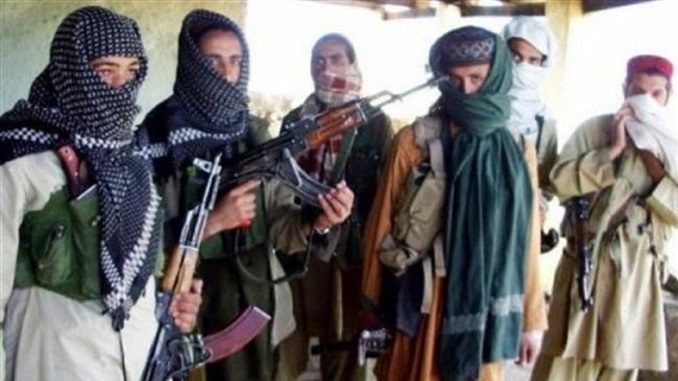
Following the events of September 11, 2001, the Iranian Revolutionary Guard helped relocate al-Qaeda members and leadership by providing them with new clothes, shoes, Iranian passports, and money, Al Arabiya reports.
Thе details were discovered in a series of letters from the al-Qaeda communication officer Atiyyatullah al-Libi, whose real name is Jamal Ibrahim al-Shtaiwi al-Musrati. He was appointed by Osama bin Laden himself as an al-Qaeda envoy in Iran.
The letters also reveal the nature of the cooperation between Iran and one of the al-Qaeda fighting factions in Libya. Letters from a member of the Libyan al-Qaeda fighting groups called Nader, addressed to Atiyyatullah al-Libi who in turn informed bin Laden about its content, showed that the Iranian regime’s approach to its international relationships is based on interests, not friendship.
This is what the Iranian Revolutionary Guard confirmed in a meeting with Nader while arranging for his departure from Iranian territory in 2007.
“We have no friends in the world, even the place you are going to, there are only common interests between us,” they said.
According to the letter, this took place at the headquarters of al-Qaeda leaders and the al-Zarqawi group in one of the compounds dedicated to them.
At the end of these discussions, the Revolutionary Guards granted the al-Qaeda fighter, Nader, an Iranian passport with an entry stamp, according to the letter. He added that he met a “Kurdish brother” who lent him a sum of money, after which al-Qarry (an al-Qaeda leader who was killed by an unmanned U.S. drone in Afghanistan in 2017) sent him another $1,080.
The escape was in 2007, as mentioned in a letter from Atiyyatullah to Osama bin Laden which was found as part of what is known as the Abbottabad files. Nader remained in Iran along with Abu al-Khair al-Masry and Muhammad Rajab Abdul Rahman, the second-highest ranking commander of al-Qaeda.
“Abdulhadi al-Libi left a week before me, and I do not know anything about him. As for Abdullah Rajab, he stayed with us for a year and 4 months, while his family stayed in a house in Zahedan, which made him psychologically ill. But after a year and 4 months, they reunited him with his family and told him you have to stay here,” Nader said.
Despite the fact that Iran kept Abu al-Khair al-Masry for more than a decade and a half, the Revolutionary Guard sent him to Syria in 2013 as a deputy of Ayman al-Zawahiri who was the top leader of al-Qaeda. Al-Masry was killed in Idlib, north of Syria, in 2015.
The Iranian’s coordination with the Syrian regime in recruiting al-Qaeda elements, and directing them according to the common interests of both parties, was revealed in a letter showing parts of negotiations between the Iranian Revolutionary Guard and a number of al-Qaeda factions in Evin prison. Nader reunited with al-Qaeda members in Evin prison three weeks before he was released, and they were all sent to a “secret location”.
Iran’s Evin prison was not limited to Osama bin Laden’s companions and fighters, it also housed the al-Zarqawi group, including Abu al-Qasim, known as “Khaled Al Arouri”, al-Zarqawi’s assistant who is currently based in Syria and is part of what is known as the Khorasan Qaeda group.
This group’s leaders moved from Iran to Syria in 2013. The prison also housed the Yemeni Ali Saleh Hussein, known as “Abu al-Dahak”, who was close to Osama bin Laden and was the link between al-Qaeda and its supporting organizations in Chechnya.
